Understanding what is about to happen – wheelchair
Discover safe, fun movement experiences for wheelchair users with visual impairments. Learn techniques to enhance anticipation, control and self-esteem through sensory-motor activities.
Having fun with Sam on the airbed!
A tool for safe, fun movement experiences and sensory-motor activities.
NB: Always check with medical and therapy team members when implementing a motor play programme.
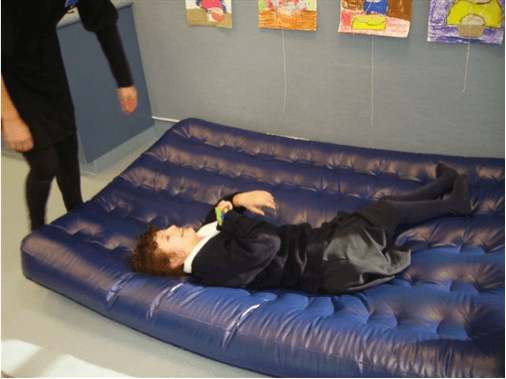
Figure 1 - Samantha is laying on the airbed smiling
What's coming next?
Personal identifiers/object cues/signs or other forms of communication are important! As always, Sam is:
- 'Forewarned' about what is coming up on their timetable, just before she goes to the airbed session.
- She is encouraged to feel her 'object cue' that feels like the airbed surface. This gives her a sense of ANTICIPATION or KNOWLEDGE of what's about to happen and provides her with CONTROL over her immediate world. Both of which contribute to self-esteem!
- It is important that blind students, particularly those in wheelchairs, be given the opportunity to understand what is about to happen to them. Otherwise it's just like being in chaos all the time, not knowing where you are going or what you are expected to do.
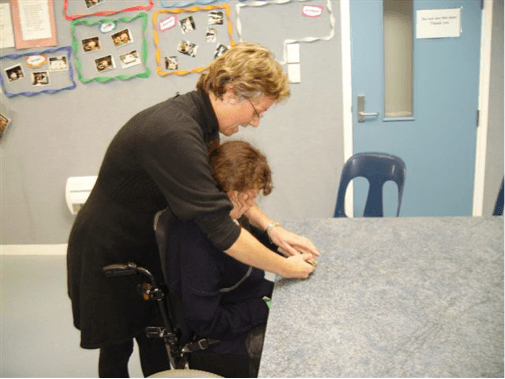
Figure 2 - Sam is using an object cue indicate if she wants to go there or not
Keep the same routes
- Sam is then wheeled through the same route to get to the airbed that is positioned by the windows all the time she uses it.
- It is again really important for the team to agree on a consistent route between destinations. This gives the student who is blind and in a wheelchair a sense of anticipation and control as she learns that to get to the airbed she does a 180 degree turn, pauses, is moved forward until she contacts the wall in front.

Figure 3 - Sam is being pushed on route to the air bed session
- Have someone firmly rub her right shoulder saying ‘turning right’ followed by a CLEAR and PRECISE ¼ turn to the right, pause, then travel along the cupboards to stop at the airbed. Here, the object cue can be given again to reinforce that she is at the ‘airbed’ and confirm that she DOES what to play!
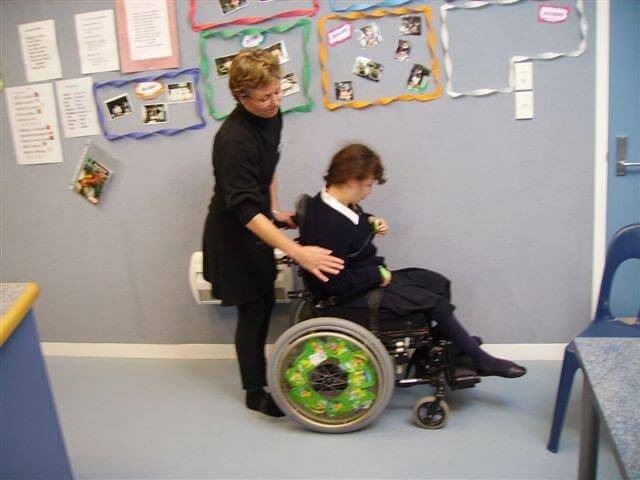
Figure 4 - Touching Sam's right upper arm just before making a turn
Motor activities are useful for many areas of development
- On the airbed Sam is asked using hand signs and talking.
- ‘Do you want to bounce?’ (Placing your hand under Sam’s and gently moving it up and down in a bouncing movement).
- Sam loves to bounce!
If she agrees that this is what she wants to do, the two of you can bounce together on the airbed.
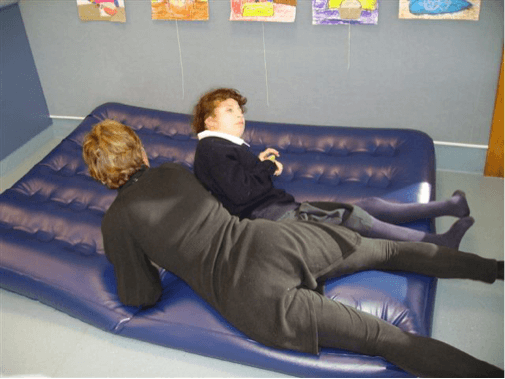
Figure 5 - Sam and the O & M Specialist are playing on the airbed
Or she might like to bounce on her own. You can work on body/movement/turns/spatial relationships and so on.

Figure 6 - Sam is smiling and bouncing on the airbed
Or move about on her own and experience many positions and learn about her body through the movement.
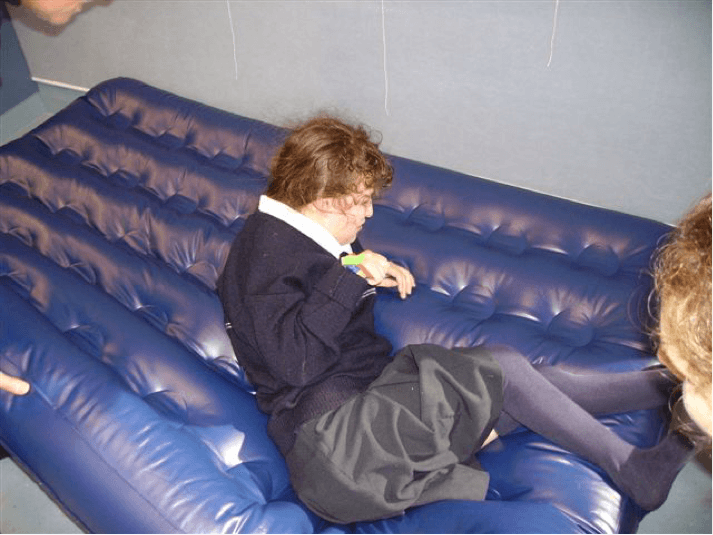
Figure 7 - Sam is moving herself to sitting position
Sam also likes to explore different positions that she doesn’t get to experience in her chair, such as slowly moving her to sitting, without having to push or pull her. Just encourage her involvement using the airbed!
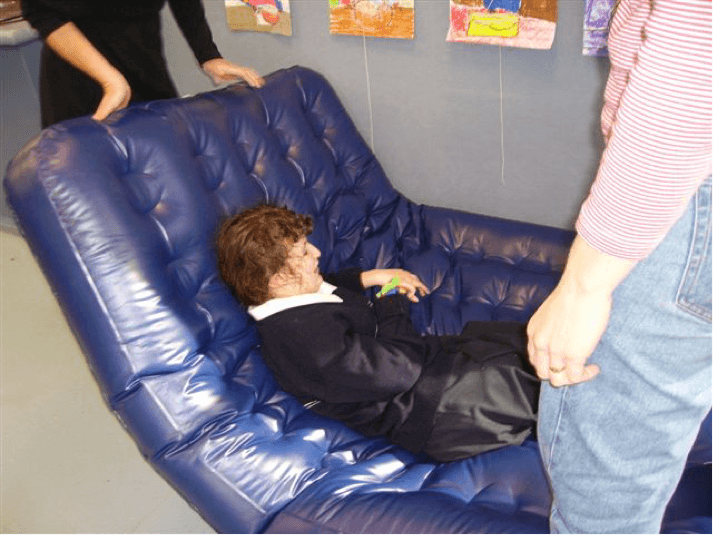
Figure 8 - The O & M Specialist is pulling the top of the airbed up to help Sam sit up
She may like to roll, one way or the other. Ask her if she wants to do rolling by using the hand sign of hands ‘rolling together’. If she does want to roll, help her anticipate with way using the firm rub to her shoulder technique.
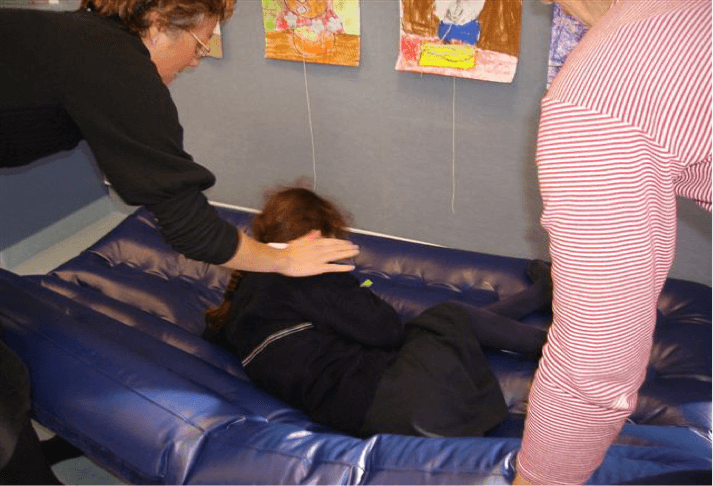
Figure 9 - Using a firm touch to Sam's upper arm to ask her if she wants to roll to the right
And then count three, lifting the airbed edge more until she rolls, or has fun resisting!
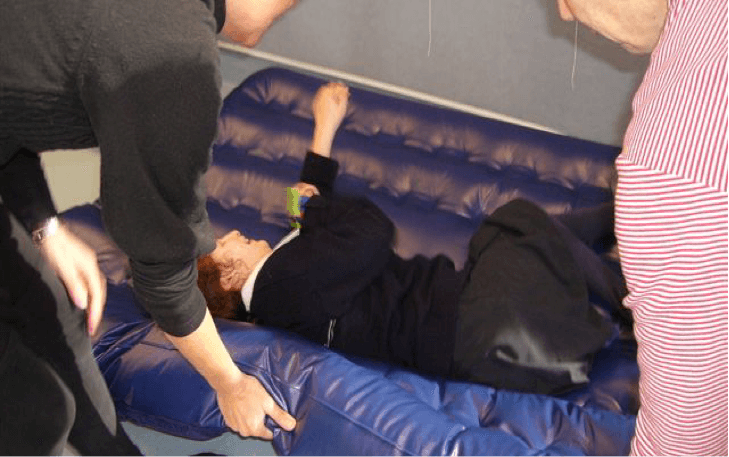
Figure 10 - The O & M Specialist is lifting the airbed edge and Sam is having fun
There are many movements and positions that can be explored on the airbed, as long as it is fun and safe!
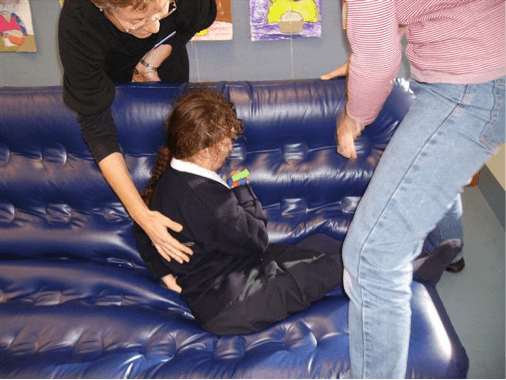
Figure 11 - Touching Sam's back asking if she want to roll to lying down on her back
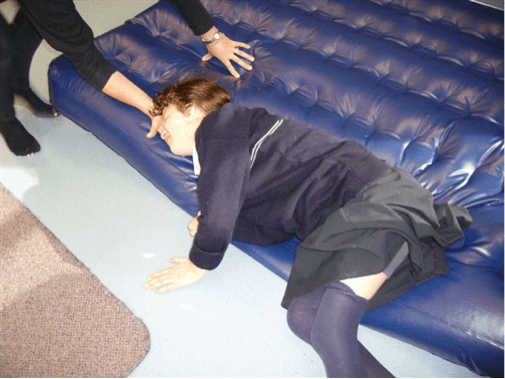
Figure 12 - Sam rolls to near the edge of the airbed and the O&M Specialist quickly supports Sam's head
As well as using it for bouncing and rolling and learning about movement and the body that way:
- Sam also enjoys us using firm holding to help her brain learn about and control her lower limbs.
- Again using the airbed to encourage her to position so she can ‘shove’ me away with her legs and feet.
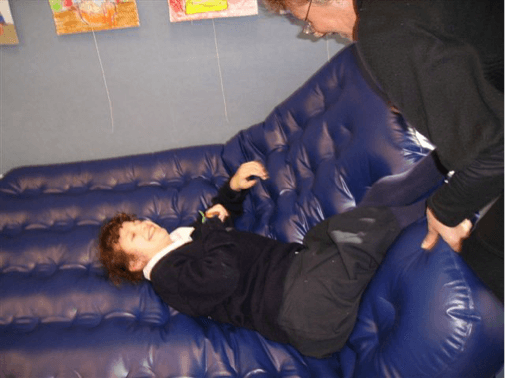
Figure 13 - Sam is pushing the O & M Specialist away with her legs
Adding firm but gentle pressure to her legs, held in the right position, gently assisting her to bed them, can help her develop awareness and strength and control.
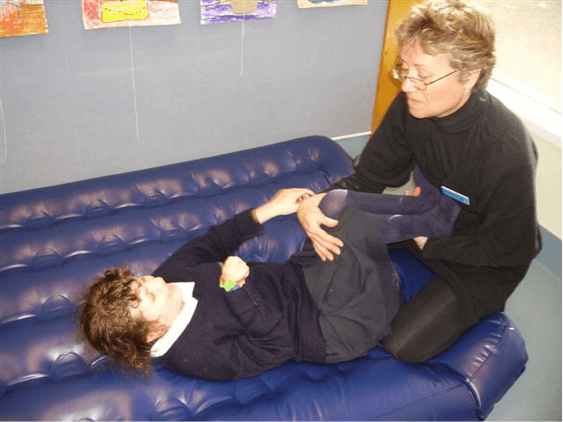
Figure 14 - The O&M Specialist is gently holding Sam's legs against her stomach
To push me away and have fun.
Check with your local Resource Teacher: Vision for more information.
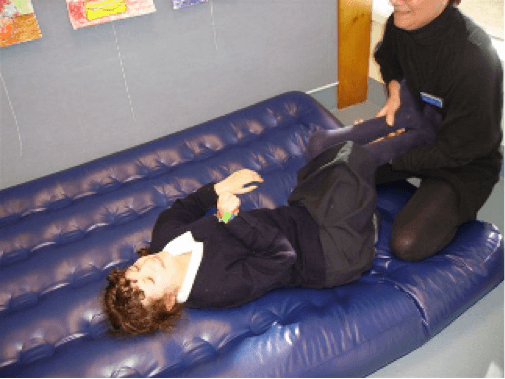
Figure 15 - Sam is pushing her legs out to push the Specialist away
Download this resource
This resource is available for download in both PowerPoint and Word versions.
- Document format: Understanding what is about to happen – wheelchair [WORD, 6.5 MB]
- Presentation format: Understanding what is about to happen – wheelchair [PPT, 6.5 MB]
Developed by Moving Forward Ltd and BLENNZ, 2014.